Nepenthes gracilis 'Darkform' - CarniNep29
Nepenthes gracilis 'Darkform' - CarniNep29
This carnivorous plant is widespread throughout south-east Asia. It has been specially cultivated for it striking dark pitchers. The edges of the pitchers are thinner than those of other members of the Nepthenes family but this is not the only thing that makes this tropical pitcher plant unique. To catch insects, it uses drops of rainwater. The plant attracts insects to the underside of the pitcher lid, where they remains secure until they are washed ...
away. A drop of rain makes the insects lose their grip and fall into the pitcher.
Currently not in stock
€ 22,00
Keep me up to date?
Araflora will inform you as soon as the product is available again. Please fill in your e-mail address and we will let you know as soon as the product is back in stock. You will get an e-mail message when the product is available again. Unfortunately we cannot say how long this will be or what the price is likely to be.

Receive an e-mail when new stock of this plant arrives.
Share this plant? Press on one of the following icons.
Nepthenes gracilis can be many different colours. This “dark form” has been specially selected for its attractive dark colours which make it most unusual and unlike other members of the Nepthenes family. It can reach a height of several metres if trained to grow along or up some form of support. Nepthenes gracilis produces a cluster of yellowish brown blooms and is capable of flowering throughout the year.

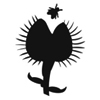
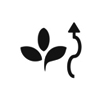
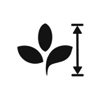
As with other Nepenthes species, Nepenthes gracilis requires a great deal of sunlight, but must be kept away from direct sunlight. It should be given rainwater or distilled water regularly and sprayed with water at regular intervals so the pitchers continue to contain liquid. The medium and pot must allow effective drainage. In addition to generous amounts of water, Nepenthes gracilis requires a high level of humidity. The best temperature to cultivate this species is between 15 and 25 degrees Celsius, certainly no lower than 10 degrees Celsius or higher than 30 degrees. The best growing medium is neutral to slightly acidic peat.



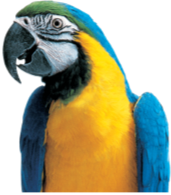
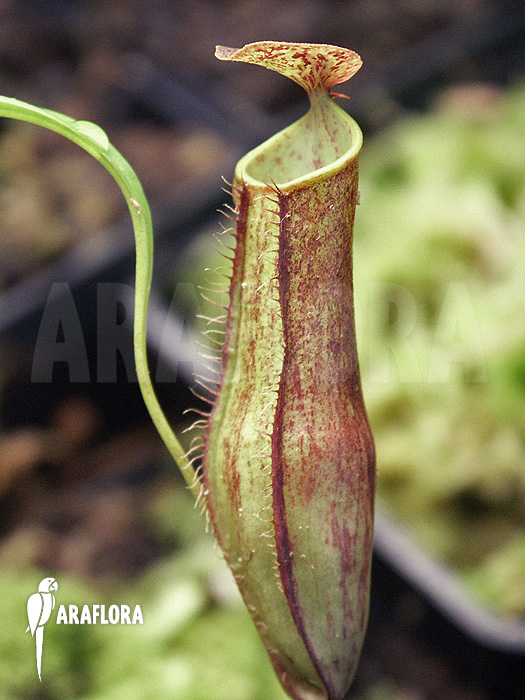
 3 cm
3 cm
 4 cm
4 cm












